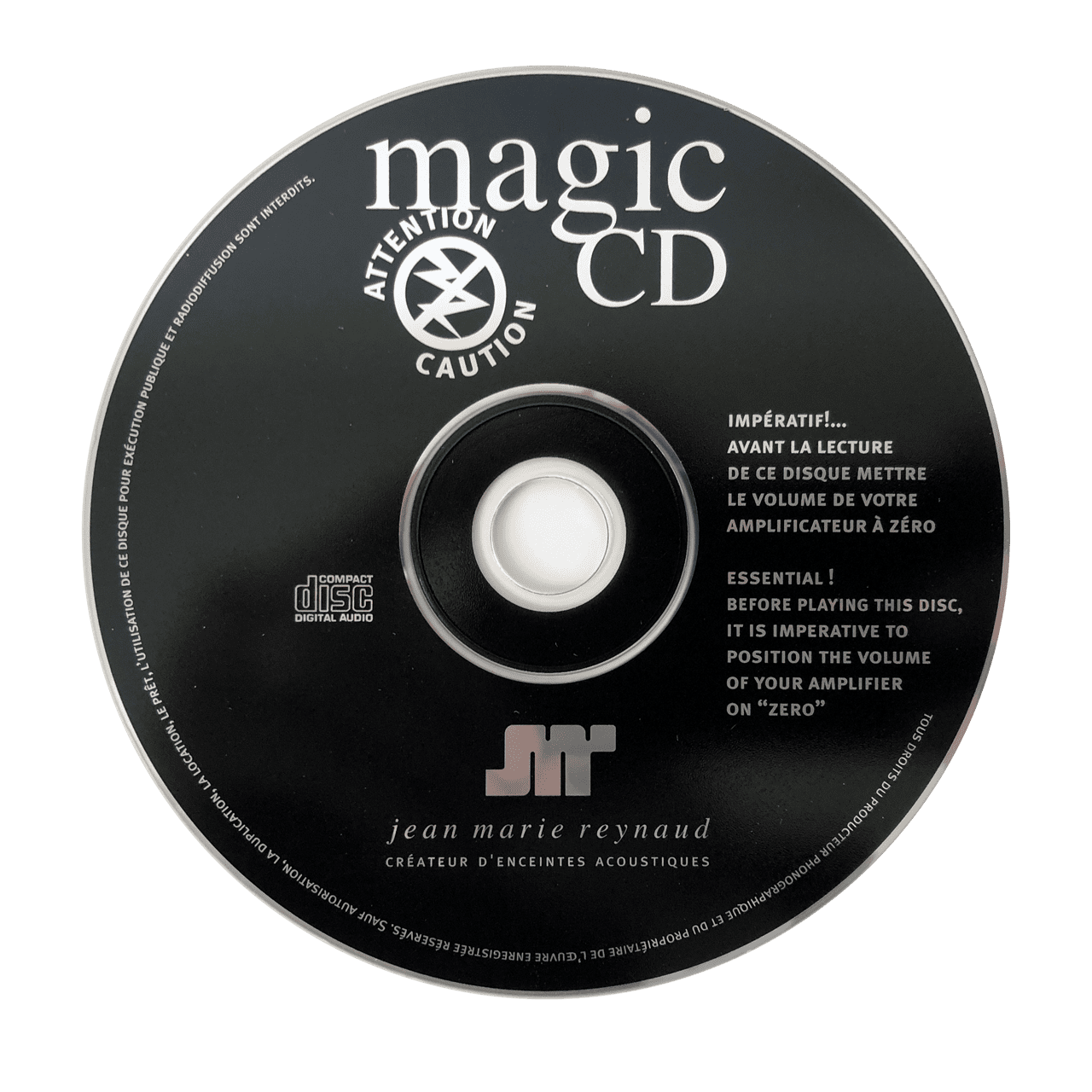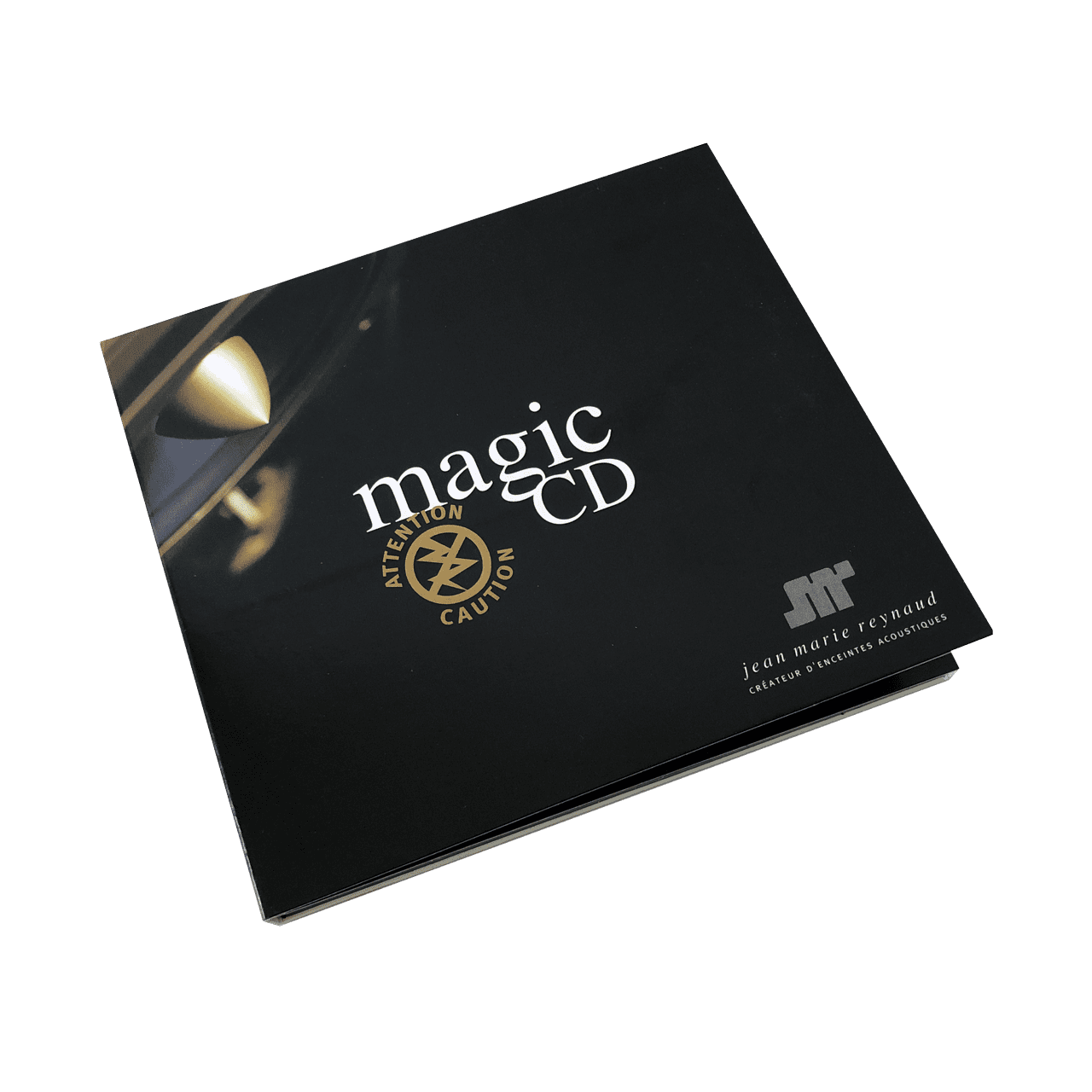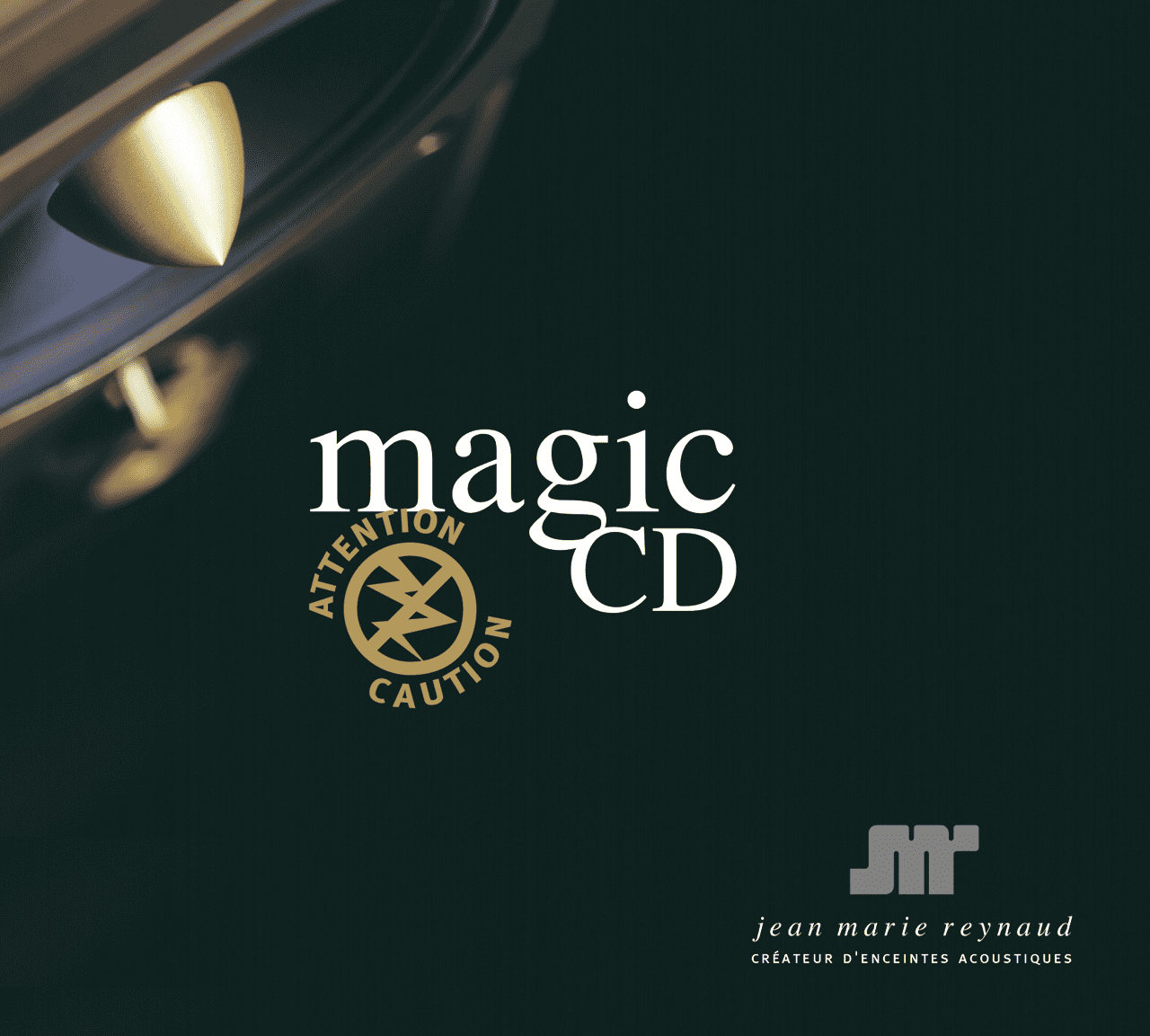1°/Narrow band of noise centred on 22 Hz:
> Range 1 = 10 Hz bandwidth
> Range 2 = 31.6 Hz bandwidth
> Range 3 = 100 Hz bandwidth
> Range 4 = 316 Hz bandwidth
> Range 5 = 1000 Hz bandwidth
These 5 ranges are particularly intended for the running-in of the woofer suspensions.
2°/ NARROW BAND OF ALEATED NOISE CENTERED ON 500 Hz :
> Range 6 = 100 Hz bandwidth
> Range 7 = 1000 Hz bandwidth
These two ranges stress the entire cone of the bass and midrange drivers, they ensure the running-in of this major element and stabilise the mechanical junction between the spider, the cone and the moving coil.
3°/ SMOOTH BAND OF ALEATED NOISE CENTERED ON 1500 Hz :
> Range 8 = 1000 Hz bandwidth
This range is particularly intended for the running-in of filter elements (high stresses on the mechanical resonances of chokes and capacitors).
4°/ 10KHz CENTERED ALEATOM NOISE BAND :
> Range 9 = 316 Hz bandwidth
> Range 10 = 1000 Hz bandwidth
These two ranges ensure optimal break-in of the suspension and tweeter diaphragms at very low noise levels.
5°/ PINK NOISE :
> Range 11 = This is white noise filtered to -3 dB per octave, covering the entire audible spectrum (20 Hz- 20 Khz) with constant energy.
It is particularly recommended for the breaking-in of modulation cables and can be used in this case,
the volume of the amplifier to zero. (e.g. transmission of the modulation between the CD and the amplifier).
PROCEDURE FOR USING THE DISC :
Imperative!… Before playing this disc set the volume of your amplifier to zero.
Play track 1:
Turn up the volume very gradually while watching the cones of your woofers, their displacement will quickly become significant and disordered despite a low noise level.
As soon as the slightest backlash (moving coil hitting the bottom of the air gap) appears, immediately reduce the volume.
Due to the randomness of the signal level the optimisation of this setting will be carried out over a period of time of about one minute.
Once the level has been adjusted, do not touch the amplifier settings when playing successive tracks on the disc.
Failure to do so may result in technical problems for which we cannot be held responsible.
Each new use of this disc, even partial, will involve the same adjustment procedure.
NOTE: For the running-in of the loudspeakers, the two loudspeakers can be connected in phase opposition and positioned face to face quite close to each other (about 30 cm), the noise generated will thus be reduced (acoustic short-circuit) and the running-in will take place just as effectively.





